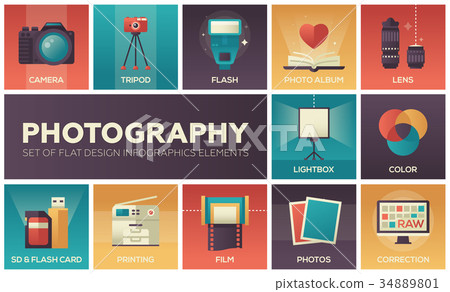What Every Photographer Ought To Understand About Lighting
What Every Photographer Ought To Understand About Lighting
Blog Article
Authored By-Beck Godwin
As a digital photographer, you understand that lights can make or break your photos. Comprehending the nuances of both all-natural and man-made light is crucial for catching the mood and clarity you go for in your job. Whether you're chasing after the ideal golden hour glow or fine-tuning your man-made arrangements, mastering these components can raise your photography considerably. But there are common challenges that lots of forget, and identifying them can transform your technique to every shoot. Let's discover what you could be missing out on and how it can affect your results.
Understanding Natural Light
Understanding all-natural light is essential for any digital photographer aiming to boost their job. It's the structure of wonderful digital photography, affecting state of mind, tone, and clearness. When you fire outdoors, take notice of the moment of day. The golden hour-- quickly after sunrise and prior to sundown-- supplies soft, warm light that can change common scenes right into stunning photos.
Don't take too lightly the power of overcast days. Cloud cover diffuses sunlight, developing a soft, even light that's excellent for pictures and macro digital photography. You'll discover colors appear this sort of lighting without extreme shadows.
Placing issues, too. Always consider your topic's alignment to the light. If the sun's behind your topic, you might wind up with a silhouette, which can be significant yet mightn't be what you want. Conversely, straight sunlight can produce uncomplimentary shadows.
Try out angles; sometimes, altering your point of view can generate remarkable results. Usage all-natural reflectors, like water or sand, to jump light onto your subject, adding measurement.
Learning Artificial Light
Mastering artificial light is necessary for digital photographers that want to take their skills to the next level. Whether you're making use of speedlights, studio strobes, or continuous lights, recognizing how to control these sources can drastically enhance your photos.
Beginning by familiarizing yourself with the essentials of light quality, instructions, and color temperature. Trying out different modifiers like softboxes, umbrellas, or grids to manage the gentleness or cruelty of the light.
You'll locate that soft light frequently produces lovely results, while harsher light can include dramatization and depth. Don't avoid shadows; they can enhance the three-dimensionality of your subjects.
Pay very close attention to the positioning of your lights. A light located also near to your topic can produce uncomplimentary outcomes, while as well far away can lead to a lack of detail. Make use of a light meter or your camera's pie chart to ensure you're revealing appropriately.
Last but not least, keep in mind that synthetic light can be combined with ambient light for innovative effects. Balancing these resources could take technique, once you understand it, your digital photography will really beam.
Methods for Different Situations
When you step into different shooting scenarios, adjusting your lighting strategies is critical for recording the very best photos. For outside portraits, use the gold hour-- morning or late afternoon light-- to soften darkness and improve complexion.
If it's a rough noontime sunlight, consider using a reflector to jump light back onto your topic or look for shaded locations for a more even exposure.
In low-light situations, like interior events, raise your ISO and utilize a broad aperture to let in even more light. https://telegra.ph/Prepare-To-Uncover-The-Tricks-Of-Travel-Photography-Fundamentals-That-Will-Change-Your-Journeys-Right-Into-Exciting-Aesthetic-St-01-08 can help get rid of electronic camera shake, allowing for longer direct exposures without blurring.
If you're shooting at evening, try out off-camera flash to develop dynamic lights and depth in your pictures.
For item photography, make use of diffused lighting to prevent extreme reflections. Softboxes or light tents can aid achieve this effect.
When photographing landscapes, take into consideration the instructions of light and time of day, as it can substantially alter the state of mind of your shot.
Constantly prepare to readjust your setups and positioning based on the circumstance, as flexibility is essential to understanding lights in digital photography.
Conclusion
In conclusion, grasping lighting is essential to elevating your digital photography abilities. Embrace natural light's appeal throughout golden hour, and do not avoid try out synthetic light strategies. By adapting mouse click for source to various scenarios, you'll catch spectacular pictures that reverberate with emotion and clarity. Bear in mind, the right lighting can transform a common shot into something remarkable, so maintain exercising and refining your understanding of both natural and fabricated light. Pleased shooting!
